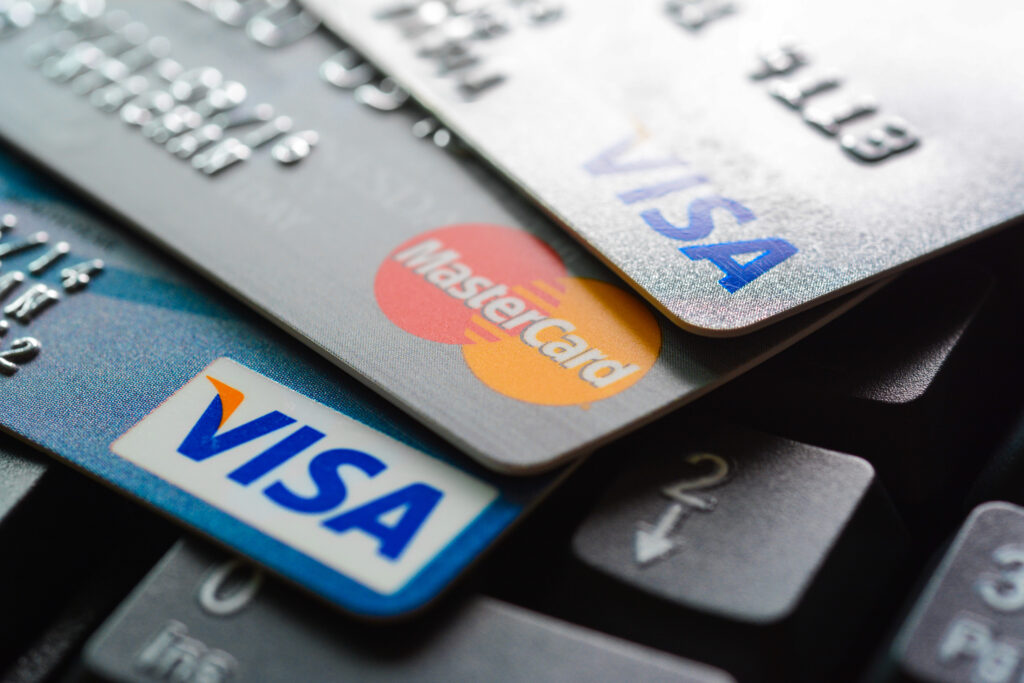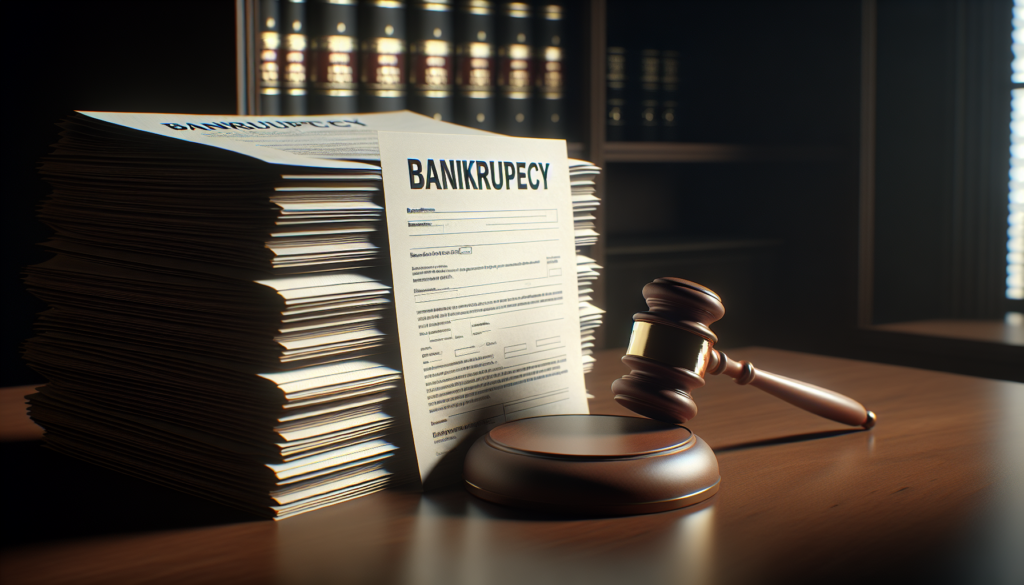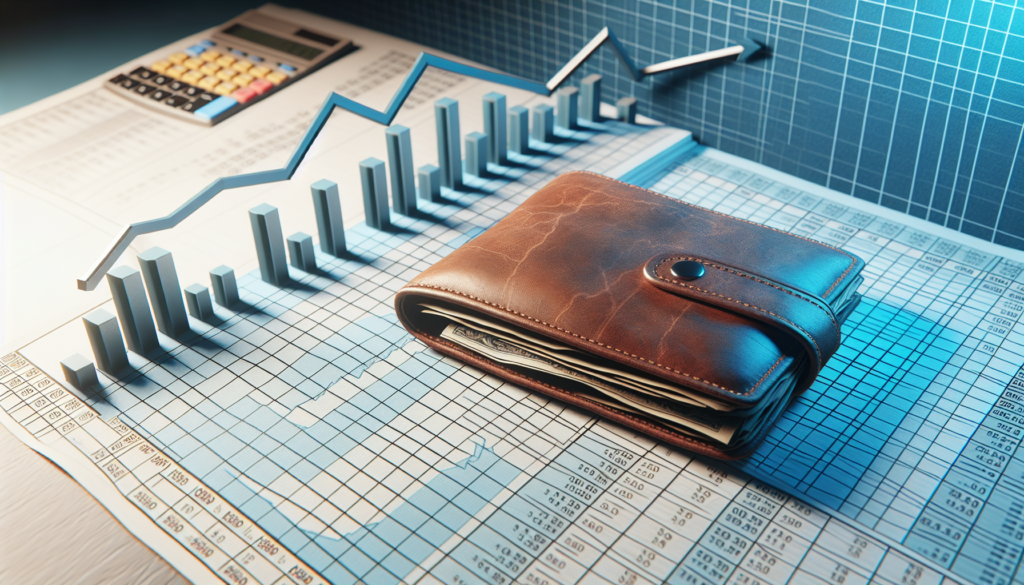
Credit card debt is a significant financial burden for many individuals, often leading to stress and anxiety as balances grow and minimum payments become harder to manage. High-interest rates and aggressive collection tactics can make it feel like there’s no way out. However, bankruptcy can provide a viable solution for those struggling with unmanageable credit card debt. This comprehensive guide explores how bankruptcy works to alleviate credit card debt and offers examples to illustrate the process.
Nature of Credit Card Debt
High-Interest Rates: Credit cards typically carry high-interest rates, which can significantly increase the amount owed over time. For instance, a $5,000 credit card balance at an 18% interest rate can take over 15 years to pay off if only minimum payments are made, ultimately costing more than $10,000.
Minimum Payments: Paying only the minimum due each month often results in a debt spiral. For example, if you owe $10,000 and make a minimum payment of $200 (assuming a 20% interest rate), you could end up paying $12,000 in interest alone over the years.
Collection Efforts: When credit card debt goes unpaid, creditors may employ aggressive collection tactics, including constant phone calls, letters, and even lawsuits. Imagine receiving daily calls and threatening letters while trying to make ends meet—this is a reality for many in debt.
How Bankruptcy Can Help
Bankruptcy can provide relief through two main types of filings for individuals: Chapter 7 and Chapter 13.
Chapter 7 Bankruptcy
Discharge of Unsecured Debt:
- What It Does: Chapter 7 bankruptcy allows for the discharge of most unsecured debts, including credit card debt. This means you are no longer legally obligated to repay these debts. For example, John, who had $50,000 in credit card debt, was able to discharge this debt through Chapter 7, allowing him to start fresh.
- Process: The debtor’s non-exempt assets are liquidated, and the proceeds are distributed to creditors. However, many people can keep most of their assets through state and federal exemptions. Sarah, for instance, retained her home and car due to her state’s generous exemptions.
- Impact: The discharge of credit card debt can provide a fresh financial start, free from the burden of overwhelming credit card balances.
Qualification:
- Means Test: To qualify for Chapter 7, debtors must pass a means test, which compares their income to the median income of their state. If their income is below the median, they typically qualify. Mark, who earned less than his state’s median income, easily qualified for Chapter 7.
Chapter 13 Bankruptcy
Debt Reorganization:
- What It Does: Chapter 13 bankruptcy allows individuals to reorganize their debts into a repayment plan that lasts three to five years. Credit card debt is included in this plan, and the debtor makes monthly payments to a bankruptcy trustee, who then pays the creditors. For example, Lisa was able to include her $30,000 credit card debt in her Chapter 13 plan, making manageable payments over five years.
- Benefits: This type of bankruptcy can help individuals keep their property while making manageable payments on their debts. Any remaining credit card debt after completing the repayment plan may be discharged.
- Eligibility: Debtors must have a regular income to qualify for Chapter 13, as they need to make consistent payments under the repayment plan. Additionally, there are limits on the amount of secured and unsecured debt one can have to qualify for Chapter 13. Paul, with a steady job and regular income, found Chapter 13 to be a suitable option for him.
The Bankruptcy Process
Steps Involved:
- Credit Counseling: Before filing for bankruptcy, debtors must complete a credit counseling course from an approved agency. This step helps assess whether bankruptcy is the right choice and explore alternatives.
- Filing the Petition: The bankruptcy process begins by filing a petition with the bankruptcy court, along with detailed schedules of assets, liabilities, income, and expenses. This filing initiates the bankruptcy case and stops all collection actions through the automatic stay.
- Automatic Stay: Filing for bankruptcy triggers an automatic stay, which immediately halts most collection actions against the debtor, including lawsuits, garnishments, and harassing phone calls. This provides immediate relief and peace of mind. For example, after filing for bankruptcy, Emily no longer received daily calls from creditors.
- 341 Meeting: Debtors must attend a meeting of creditors, where they will answer questions about their financial situation under oath. This step ensures transparency and allows creditors to voice any concerns.
- Discharge: In Chapter 7, the discharge typically occurs a few months after filing. In Chapter 13, it occurs after the successful completion of the repayment plan. A discharge eliminates the legal obligation to repay most debts, providing a fresh start.
Considerations and Impact
Credit Score:
- Negative Impact: Filing for bankruptcy will negatively affect your credit score, and it will remain on your credit report for up to 10 years for Chapter 7 and up to 7 years for Chapter 13. However, the impact diminishes over time, especially with responsible financial behavior post-bankruptcy.
- Rebuilding Credit: Post-bankruptcy, individuals can begin rebuilding their credit by practicing good financial habits, such as making timely payments and managing new credit responsibly. Jane, who filed for Chapter 7, was able to rebuild her credit score from 500 to 700 within three years by managing a secured credit card responsibly.
Emotional and Psychological Relief:
- Stress Reduction: Bankruptcy can provide significant emotional and psychological relief by stopping creditor harassment and providing a clear path to financial recovery. Michael, who struggled with anxiety due to debt, found immense relief after his debts were discharged.
Resources
- United States Courts – Bankruptcy Basics: Provides comprehensive information about the bankruptcy process, including the differences between Chapter 7 and Chapter 13.
By understanding how bankruptcy can provide relief from credit card debt, individuals can make informed decisions about their financial future and take the necessary steps to regain control of their finances. Bankruptcy, while impactful on credit, offers a structured path to eliminate unmanageable debt and can be the first step toward financial stability and peace of mind.



Get a Free Bankruptcy Case Evaluation